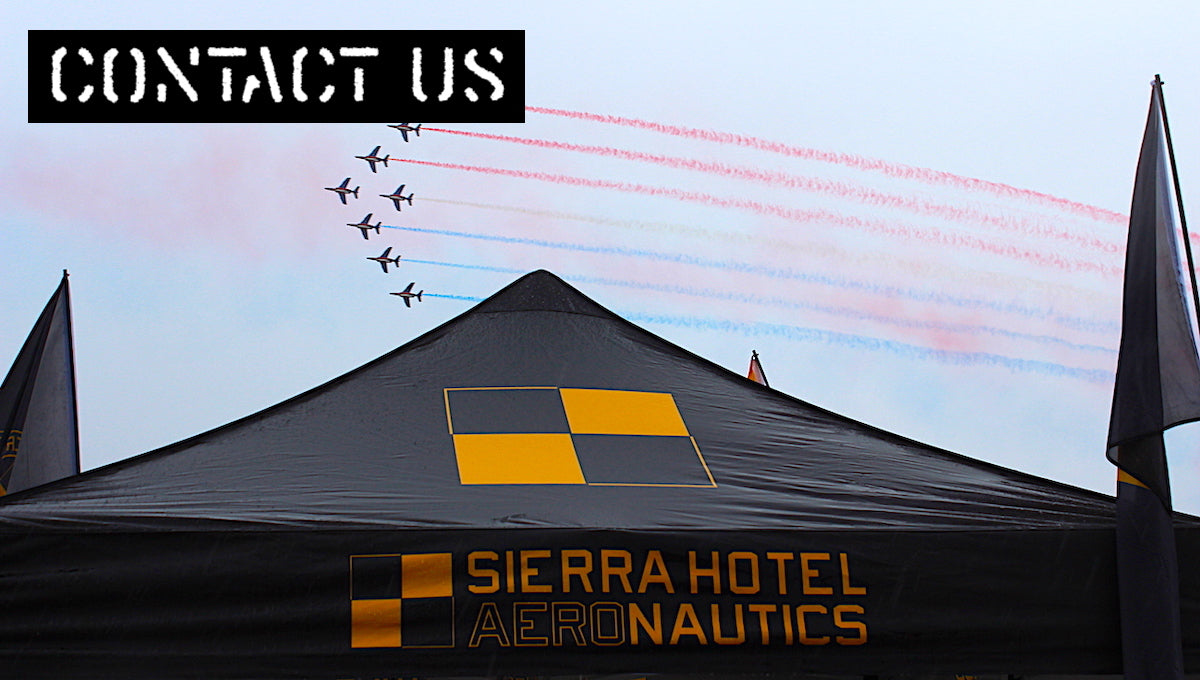Grumman Test Pilot Shoots Himself Down

September 21st 1956 – Grumman company test pilot Tom Attridge showed up for another day of work as a test pilot for Grumman Iron Works. His mission for the day was to take up a Grumman F11F Tiger, bring it up to the speed of sound (Mach 1.0) at twenty thousand feet, then push the nose over into a sustained 20 degree dive down to 7000 feet in altitude. During this descent, Tom would fire off a few short bursts of cannon fire as part of the flight test profile, and upon reaching 7000 feet, the test was over. A literal walk in the park.

After achieving the predetermined altitude for the test, Atteidge bumped up the throttles and accelerated to the speed of sound, then pushing the nose forward to 20 degrees nose down to achieve the appropriate test profile. As Tom pushed forward, at 0.5Gs in a supersonic descent, he fired two bursts from the Tiger's 20 mm cannon. Unknowingly, poor Ol’ Tom was now in a loose formation with his own cannon projectiles somewhere overhead his canopy, and as he reached 7,000 feet over 11 seconds later, commencing his pull out, his jet was immediately struck multiple times. One shell cracking his windscreen, and the other ingested by the engine, shredding the compressor blades. Tom had subsequently flown underneath the trajectory of his own cannon rounds, and while pulling out, poor Tom flew unknowingly, and squarly into his own stream of projectiles, effectively, and most unfortunately shooting himself down in the process.

Now very much the inocent victim of his own actions, Tom managed to limp his stricken Tiger back to the Grumman airfield where on short final his engine finally gave way and Tom was forced to put his aircraft down into the trees.
Poor Tom, surviving a very bad day at work, thankfully suffering only minor injuries and a bruised ego after his unplanned trip to the woods, It was quickly determined that Grumman company test pilot Tom Attridge had inadvertently and again, most unfortunately shot himself down with his own gun.













Good read Retired Air Force Brat Thanks Dad Maj. Harry L .Hendon Strategic Air Command . Passed but " NOT FORGOTTEN " RIP!
As happened with a Hawker Hunter, the empty shell cases were ejected after having been fired, and entered the engine intake, hit the wing, and so on. The cartridges in this case have en INITIAL velocity of muzzle velocity + the aircraft’s speed. However, they decelerate as soon as they leave the barrel, while the aircraft in its nose dive accelerates. So: no empty cases encountered (no explosions of the shells), leaves the real unexploded grenades as the only one other option. Has a damage review been made to see if eplosive forces were at play here?
I am pretty sure these were not projectiles he hit, but empty cartridges. The projectiles were shot with sum of the aircraft speed (close to Mach 1 when shot) and projectile nozzle speed itself was much higher (Vulcan cannon muzzle velocity is 3x speed of sound)…
Glad he made it home alive.
Pretty much the same as shooting himself in the foot. Ooooooh, new callsign: FOOT!
Leave a comment